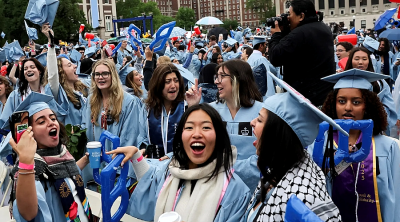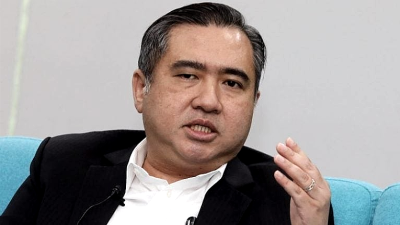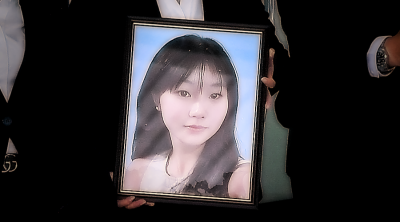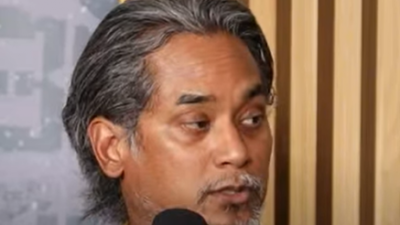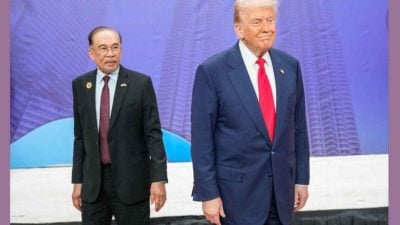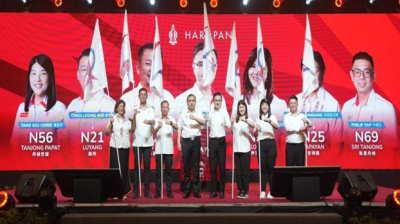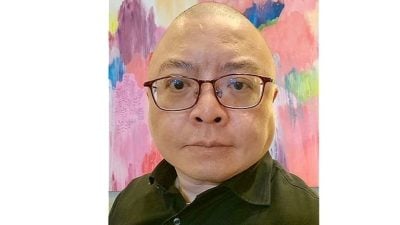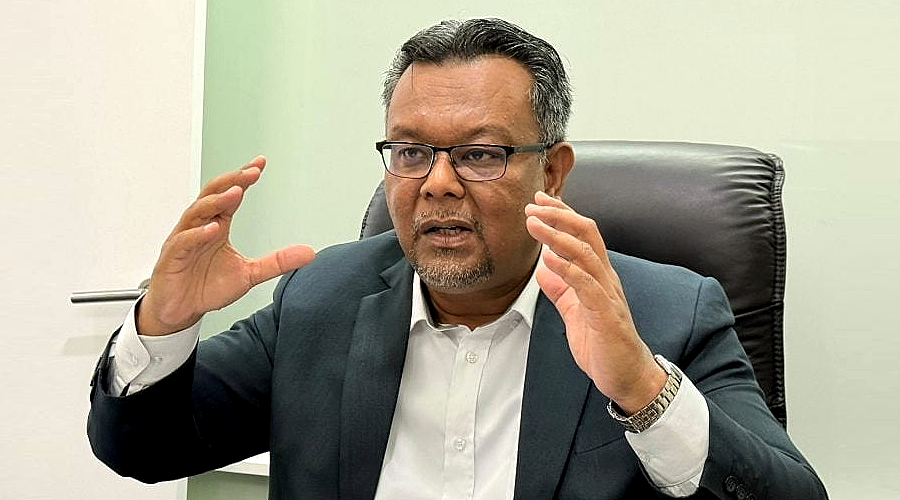
ALOR SETAR: The open channel, also known as direct intake for public universities to recruit students including international students, discriminates poor Malaysians, says Kedah executive councilor and Jitra assemblyman Dr Haim Hilman Abdullah.
Such policy was put in place as public universities opted to raise 30 to 40 percent of operating funds due to budget cuts by government, but it had become a backdoor entry into public universities, he said.
Current issues affecting university admission policy include unreasonable ratio of international students, open channels that discriminate against poor students, and a severe disconnection from fulfilling the talent strategy needs of Malaysia.
“The Ministry of Higher Education (MOHE) can’t see the forest for the trees by only focusing on short-term gains while ignoring the bigger picture,” he said.
Having once served as Vice-Chancellor of Universiti Utara Malaysia (UUM), Dr Haim told Sin Chew Daily in an interview that the annual intake quota for public universities is fixed, while each institution sets its own ratio of direct intake (also referred to as open channel) versus regular intakes.
He said MOHE argues that once the centralized admission system (UPU Online) completes its process first, the remaining seats are then offered through the open channel, which supposedly does not affect local students.
“But the real problem is that the quota allocated for local students through UPU is far too low,” he said.
Citing an example, he said a popular program under Universiti Malaya offered 163 seats and the distribution of seats are 52 percent or 85 seats for UPU which covers STPM, matriculation and diploma holders, 17 percent or 28 seats for feeder programs and 31 percent or 50 seats for direct intake.
The tuition fee for open channel can be 10 times more expensive than those who enter university through UPU, he said.
If the tuition is RM8,000, then the fee for similar study under open channel can be RM80,000.
“This commercialization strips many qualified students of their right to government subsidies. Poor but qualified students cannot afford the open channel fees,” he said.
Dr Haim said one unfair aspect of the open channel is “academic injustice.”
For instance, some students with perfect CGPA 4.0 and excellent extracurricular scores still fail to enter their desired program due to quota limits, while those with lower grades (e.g., CGPA 3.8) but able to pay can secure admission through the open channel.
“This squeezes out top students and distorts fairness in admissions,” he said.
Dr Haim cited the case of top student Edward Wong Yi Xian.
“Wong received an open channel offer for accounting program under Universiti Malaya in July, but his UPU application dragged on until September and ended in rejection. Yet, at the same time, he could still enter the same program via the open channel—by paying RM80,000. Is such a system fair?” Dr Haim asked.
The top five universities—UM, Universiti Kebangsaan Malaysia (UKM), Universiti Sains Malaysia (USM), University Putra Malaysia (UPM) and Universiti Teknologi Malaysia (UTM) should focus on commercializing research outcomes to generate income, said Dr Haim.
“They have the ability to fund themselves through knowledge innovation, rather than relying on open channels or international recruitment that “sells off our education resources,” he said, urging MOHE to set a more reasonable cap on international student intake, particularly at these institutions.
Currently, the five universities have a total of 180,000 students, of which 21 percent (39,000) are international and 79 percent (141,000) are local.
The international student ratios are: UM 24 percent, UKM 20 percent, USM 25 percent, UPM 22 percent, and UTM 15 percent.
Local students are mostly pursuing undergraduate programs while the master’s and PhD programs have excessively high proportions of international students.
Dr Haim also said MOHE Director-General Datuk Professor Dr. Azlinda Azman used misleading statistics when refuting him.
“Dr Azlinda compared overall totals for all public universities. That’s inappropriate because international students are concentrated in the top five universities,” he said.
He said when popular courses are full, students are arbitrarily pushed into less desirable ones, forcing them to accept mismatched options.
He questioned why the government does not downsize or eliminate low-demand programs and redirect resources to high-demand fields like accounting, IT, medicine, pharmacy, and finance.
“We don’t suggest scrapping them entirely, but resources shouldn’t be spread so thinly.”
Dr Haim also highlighted a contradiction where the school system produces outstanding students but higher education cannot provide enough opportunities for them.
“As a result, excellent students are forced to study in Singapore, China, or Taiwan due to quota limits. This is not only brain drain but also a waste of the country’s investment in their earlier education.
“We must break this bottleneck—either drastically expand public university intakes, or build a fully market-driven private education sector separate from the subsidy system, to give those able to pay full fees more options,” he said.
ADVERTISEMENT
ADVERTISEMENT






